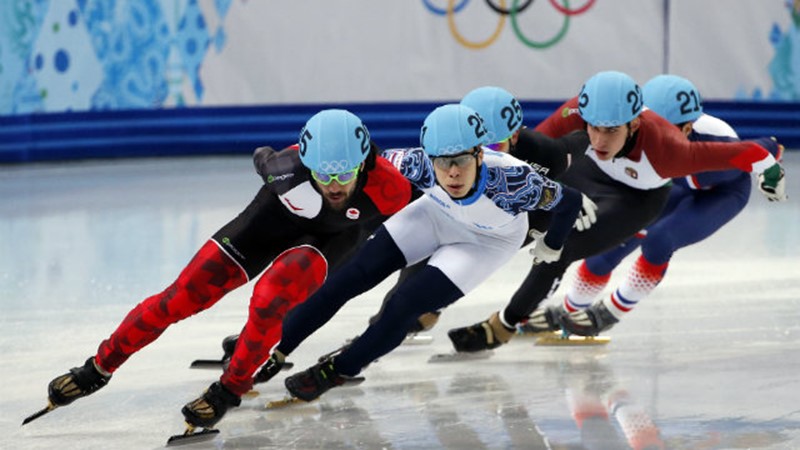Timekeeping At The Olympics
February 23, 2014 in Daily Bulletin

Sarah Zhang went behind the scenes at The Olympics and looked at how timekeeping was done:
- Omega, best known for its watches, is responsible for timekeeping at The Olympics – and most other major international sporting events.
- Omega deploys teams to Olympic venues several years in advance. There are already a couple of experts preparing for the 2016 Olympics in Rio, Brazil.
- Instead of a starting pistol an electron start system is used which sends out a flash of light and transmits a bang via speakers so all athletes hear it at the same time.
- Some athletes are fitted with small devices that track their time statistics and even any false starts.
- During a race experts monitor the key statistics, using numbers instead of player names to ensure impartiality.
- Different sports decide how they want to measure time. Speed-skating measures time to thousands of a second whereas Alpine Skiing only measures it to the hundredths of a second.
- However Omega still measures all sports to the same precision. Therefore while the Olympics registered the first ever tie for Alpine Skiing this year, Omega knows who the true winner was.
- All of this required heavy duty equipment. 50 miles of optical fiber alone is required.
Read more about the history of timekeeping, who we can credit for modern timekeeping techniques, infographics and more over here.
Source: Gizmodo
Join the Discussion! (No Signup Required)